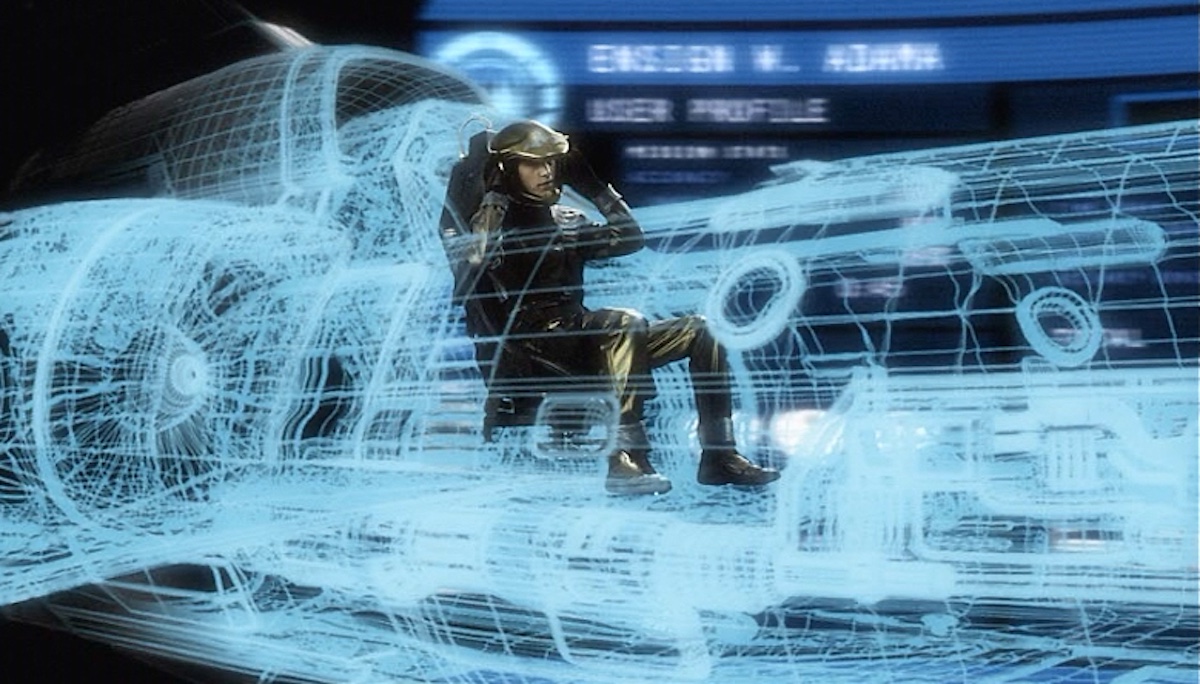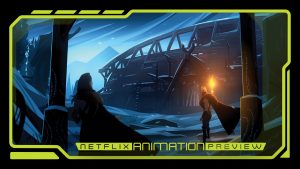
This article contains spoilers for Battlestar Galactica.
Think back to 2008. Star Trek was out, its vision of an optimistic future no longer keeping pace with the post-9/11 world. Instead, Trek writer Ronald D. Moore left the franchise to work with David Eick on reviving a cheesy sci-fi show from the 1970s best remembered for its weird cyborg dog and cool-looking evil robots.
And yet, somehow, Moore and Eick made Battlestar Galactica into a hit, an ambitious mix of deep lore, compelling character building, and religious yearning. Not even the controversial final season, which took leaps that rivaled the ending of Lost, could diminish the series popularity.
So why in the world did the Battlestar Galactica spinoffs flop so hard? For Eick, the answer is simple: Poor planning and lack of vision.
“Ron’s involvement vacillated so there was less consistency and less reliability and, as we shored up his absence, I don’t think the people we had in place to do that were the right people, to be totally frank,” he told Slashfilm. “And I think there were maybe some questionable casting decisions with that one.”
The first of the spinoffs was Caprica, a prequel set 58 years before the events of Battlestar Galactica. Where the BSG reboot series focused on a single mission — humans getting to fabled planet Earth after the Cylons destroyed the Twelve Colonies — Caprica takes a wide approach. Subjects ranged from the effects of capitalism to immigration to advanced technology to religion in the Twelve Colonies.
For Eick, this wide range of topics compounded a failure of the new creative team to live up to Moore’s high-minded approach. “I think there were people trying to emulate when Ron would get really hippie-dippy metaphysical with Battlestar, and then sometimes it’d get a little wobbly,” he said. “When you don’t have his high-wire act ability — which is, let’s say, successful more often than it isn’t — and you’re trying to emulate it, it can become mush really quick. Just like, ‘What are you talking about here?’ So we ran into that buzzsaw.”
Syfy canceled Caprica 14 episodes into the first season in 2010, not even airing the remaining five episodes on the network until the following year in a burn off marathon. Embarrassing as that failure was, the next prequel did even worse.
Battlestar Galactica: Blood and Chrome takes place during the first Cylon/human war, a few decades before the destruction of the Colonies in Battlestar Galactica. Unlike Caprica, Blood and Chrome followed a familiar character, the young William Adama (Edward James Olmos in BSG, Luke Pasqualino in Blood and Chrome). However, despite Syfy green-lighting a Blood and Chrome TV pilot, the show was eventually relegated to a 10-part webseries on Machinima.com.
While Eick’s observations make sense, they are a bit ironic given his revelations about the production of the mainline series. In Slashfilm‘s retrospective oral history about the final season of BSG, Eick and others reveal the messy process of creating the original hit show. The series started as a two-episode miniseries, presented as a stand-alone on Sci Fi, but Eick “advised Ron [Moore] — and he had not an iota of resistance — to write it, shoot it, cut it like it’s a pilot. Don’t have any illusions about it.”
Even when the full series was in production, Moore developed a reputation for supporting his writers by letting them go in whatever direction they saw fit, even if it contradicted larger plans. “We could make huge changes in our scripts. It was encouraged to veer off the outline, add something,” recalled writer Jane Espenson. “You could kill a character if it’s the right thing to do. The other writers coming after you will have to adjust what they’re doing.”
That led to some surprising story beats, which did not all get resolved or explained within the show. One of the most shocking included the death and resurrection of breakout character Kara “Starbuck” Thrace, played by Katee Sackhoff. Starbuck’s sudden return raised the, very reasonable, suspicion that Starbuck was yet another Cylon in disguise.
Sackhoff insisted that wasn’t the case. “So in the very beginning of the [third] season, we were told that ‘We don’t know who the Final Five are, but we know without a shadow of a doubt they are not Adama and Starbuck.’ So we knew that we were not Cylons. So when that death happened and subsequently her coming back, I never questioned if she was a Cylon or not.”
While the idea of Cylons in disguise became a key aspect of not just the series’ plot, but also its themes about identity and God, it came about as a matter of necessity instead of creative choice. “Really, the big breakthrough was [making] the Cylons humanoid because we were looking at basic cable budgets and you’re certainly not going to put men in suits, so you’re talking CG. And at that point, CG wasn’t advanced enough to really be reliable anyway, not to mention the costs,” said Eick of the process of pitching the show. “So, it’s like, ‘Well, how do we have Cylons as a character?’ and that thing became such a big solution to everybody that it was one of the key, if not the key decision. Because then you could do what a show about robots […] can’t do which is reflect the paranoia of the times.”
These happy accidents and midstream surprises made Battlestar Galactica into a series that captured the imagination of the times. The show stuck in viewers imagination precisely because it reflected viewers’ sense of unease, the feeling that no one knew what would happen next. But as the failed spinoffs show, that’s a hard pace to maintain. Star Trek couldn’t do it and, in the end, neither could Battlestar Galactica.
The post Battlestar Galactica: How Poor Planning Doomed Caprica and Other Spinoffs appeared first on Den of Geek.





